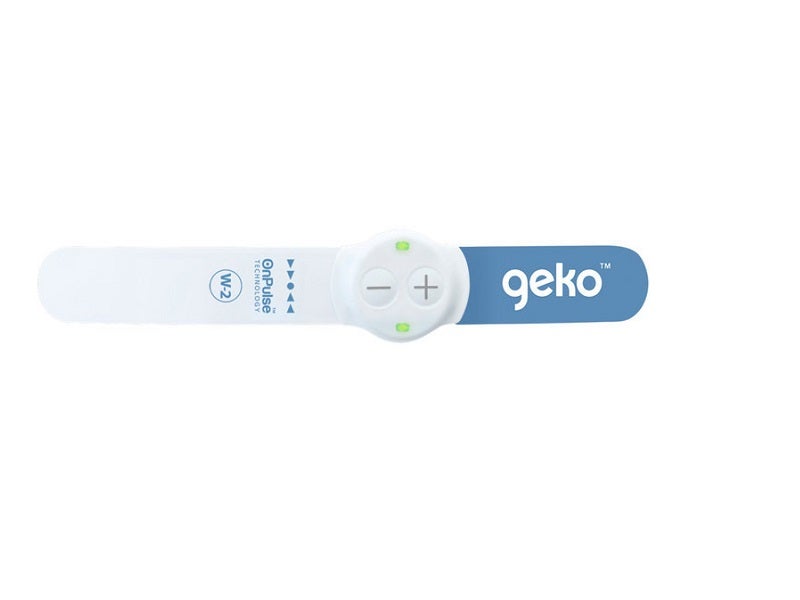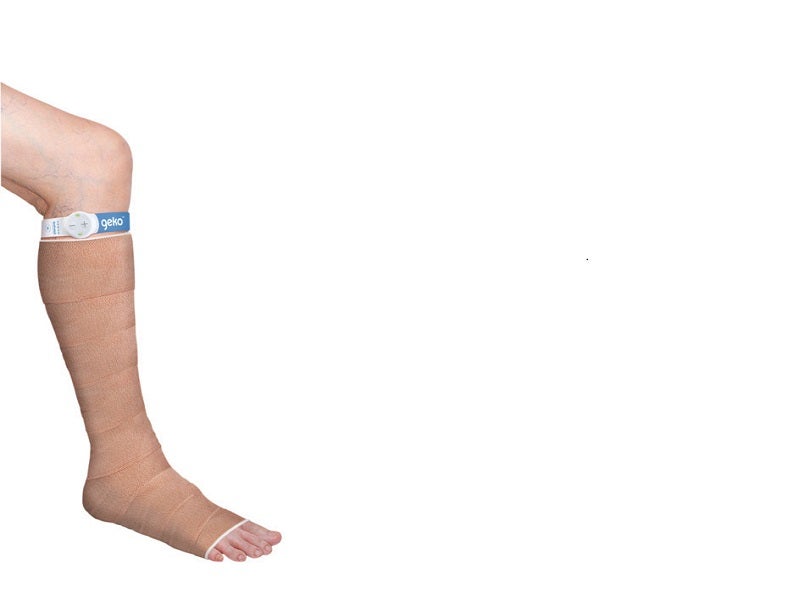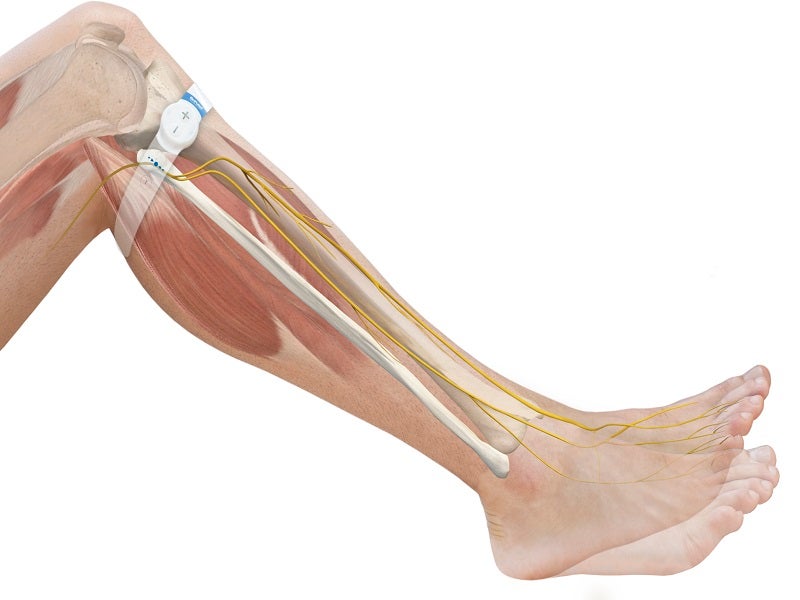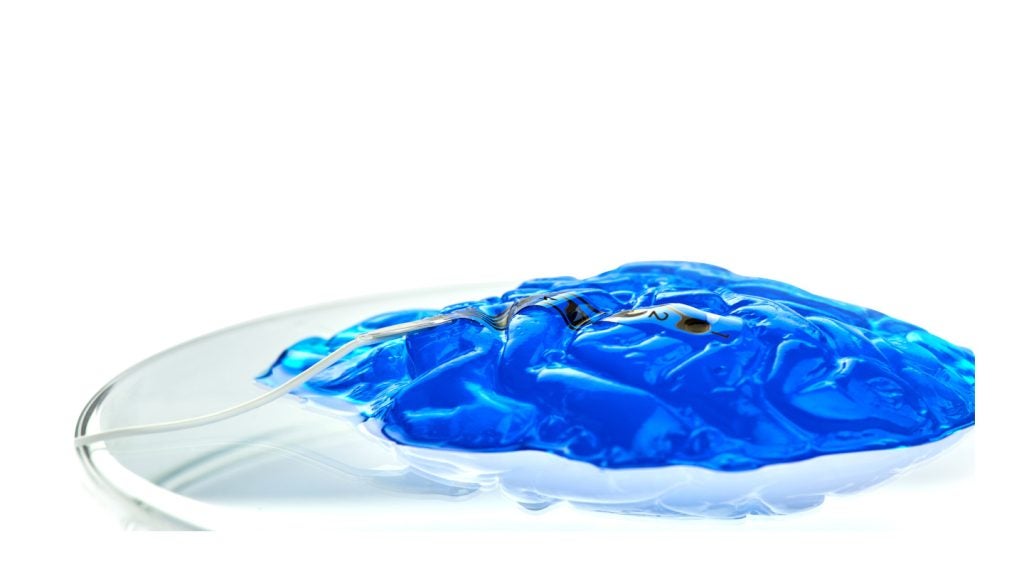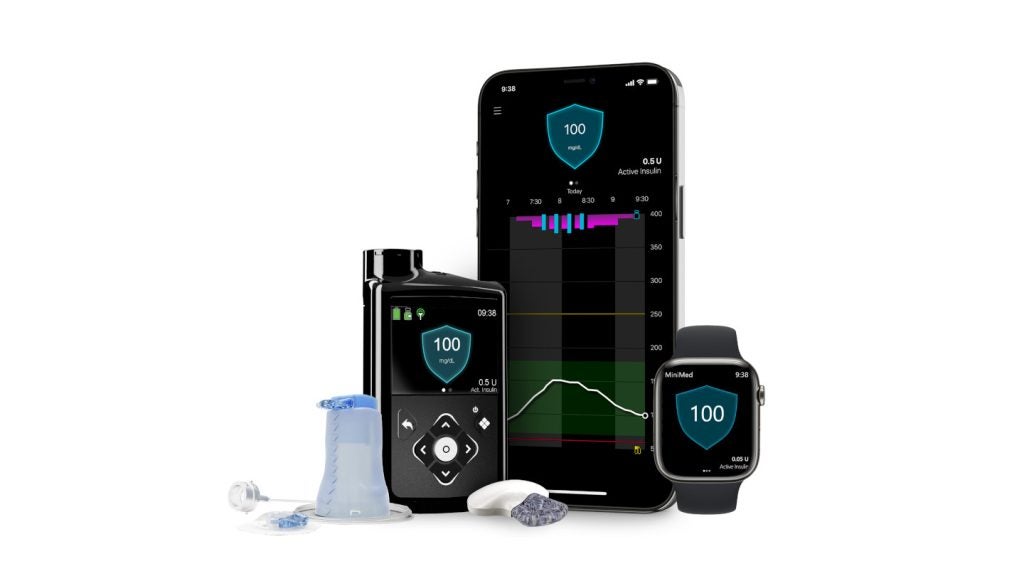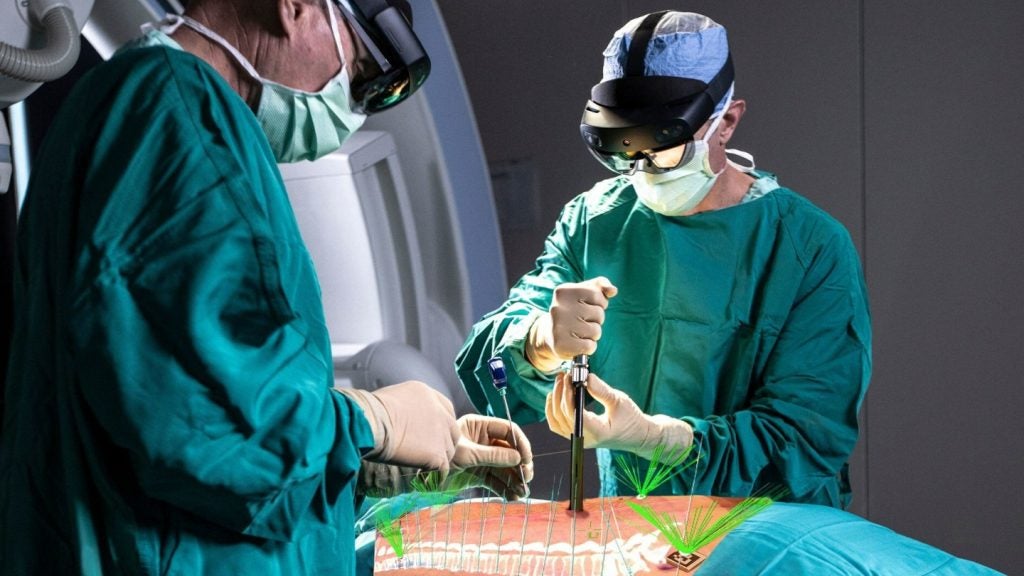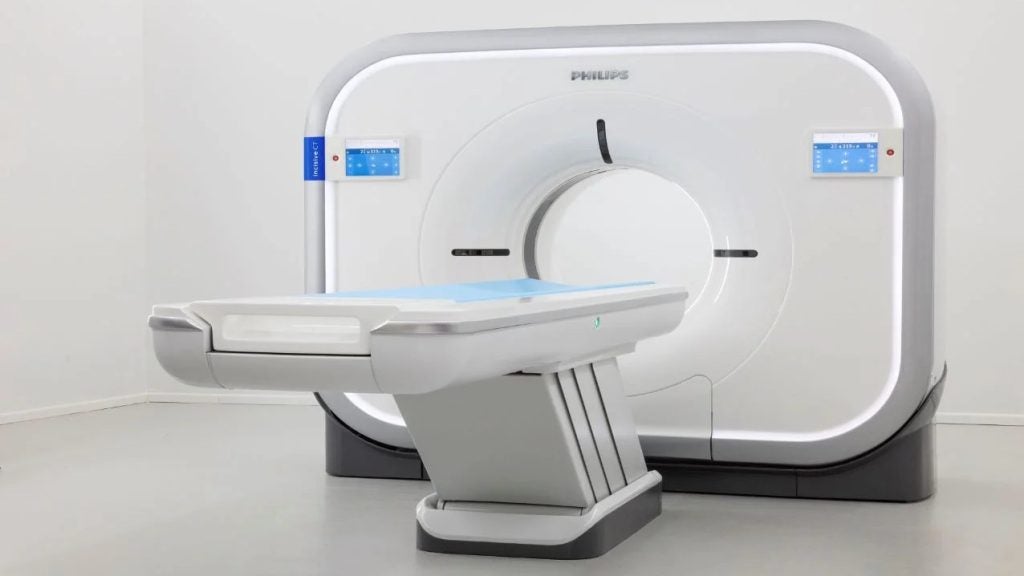The geko™ device is an easy-to-use, disposable, wearable neuromuscular electrostimulation (NMES) device designed to enhance blood flow in the deep veins of the leg to prevent venous thromboembolism (VTE) and reduce oedema.
Developed by UK-based medical device company Sky Medical Technology, geko™ works without applying any external pressure on the leg and facilitates complete movement.
The device received 510(k) approval from the US Food and Drug Administration (FDA) for improving microcirculatory blood flow in the lower limb soft tissue of patients with venous insufficiency or ischemia, in December 2021.
The device also holds the European CE mark under class IIa category to improve blood circulation, prevent blood clots and promote wound healing.
Sky Medical is evaluating the device for its effectiveness in the treatment of immobile patients with Covid-19 symptoms, in partnership with Cardiff University’s Clinical Innovation Accelerator, Gwalia Healthcare, and Aneurin Bevan University Health Board.
geko™ device details
The geko™ is an OnPulse™ NMES technology-embedded portable, device resembling a small wristwatch. It is a one-size-fits-all self-adhesive device that is worn at the knee to prevent the need for more complex procedures.
The device sends small electrical impulses that gently stimulate the common peroneal nerve, utilising the OnPulse™ technology. The stimulation activates the calf and foot muscle pumps, resulting in enhanced blood flow in the deep veins of the calf.
The device has been clinically shown to enhance blood flow to help prevent and treat a variety of acute medical disorders by stimulating the body’s natural nerve impulses for increasing blood circulation.
The neuromuscular stimulation in the lower leg mimics the normal walking process up to 60% of the time without the need for movement or exertion and causing no discomfort to the patient.
Features and benefits
Weighing just 10g, geko™ sends 60 pulses per minute and offers ten stimulation settings to accommodate a range of patient responsivenesses to stimulation. It comes without cables or leads, creates no tripping hazards, and allows patients to move freely.
It is safe and hygienic with a battery life of up to 24 hours. The device provides painless 1Hz muscle contractions per second, increasing superficial femoral venous volume flow by 100%, femoral arterial volume flow by 75%, and microcirculatory flux to the dorsum of the foot and thigh by 400%.
OnPulse™ technology
The clinically proven OnPulse™ technology integrated into the geko™ device combines neuromuscular electrostimulation with an easy-to-use wearable design.
During low-frequency nerve stimulation, OnPulse™ delivers the current transcutaneously by non-invasive skin surface electrodes placed on the common peroneal nerve located around the fibula’s neck, behind the fibula’s head. The conductive hydrogel is used for adhesion and current flow from the electrode into the skin.
The technology activates the motor neurons within the nerve bundle, which send impulses to the muscle fibres, causing them to contract.
OnPulse™ stimulates the tibialis, peroneus longus, and lateral gastrocnemius muscles simultaneously by stimulating the same peroneal nerve around the posterior or anterior bifurcation. The synchronous contraction compresses the venous system, emptying blood in the deep veins of the calf at a rate equivalent to 60% of walking, with no change in heart rate or blood pressure.
OnPulse™ differs from traditional NMES devices such as muscle stimulators, which apply direct electrical stimulation to the muscle mass to force contraction inside a single muscle, sometimes utilising huge and uncomfortable stimulus amplitudes.

